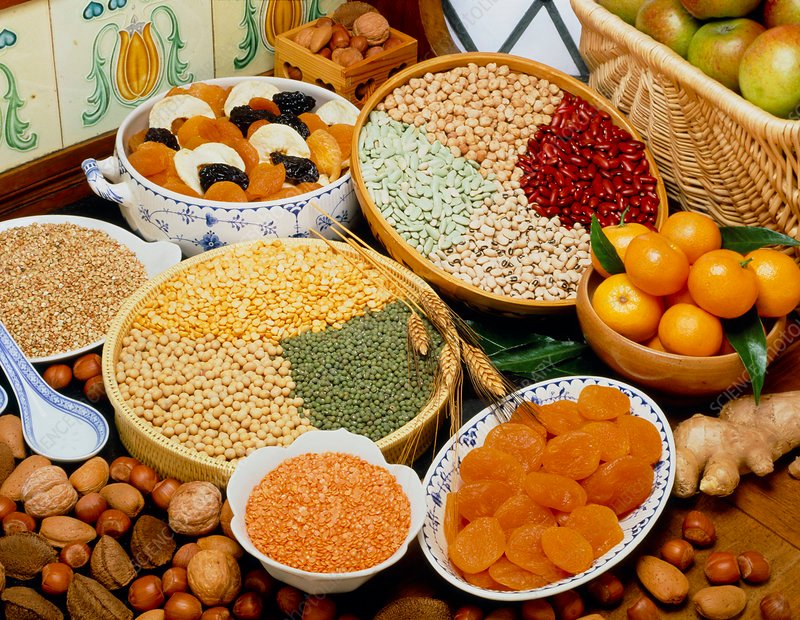Friday, 28 November 2025

Union Minister for Agriculture and Farmers’ Welfare and Rural Development, Shivraj Singh Chouhan, released the Third Advance Estimates for area and production of horticultural crops for 2024–25, highlighting a continued trajectory of robust growth across India’s agriculture and horticulture sectors. Under the leadership of Prime Minister Narendra Modi, the nation’s farmers are registering unprecedented productivity gains, reflecting the cumulative impact of scientific innovation, targeted policies, and technology adoption.
The area under horticultural crops has expanded to an estimated 29.488 million hectares, up 0.4 million hectares from the previous year, while total production is projected to rise by over 14 million tonnes to 369.055 million tonnes. Both fruit and vegetable segments have contributed significantly to this growth. Fruit production is expected to reach 118.76 million tonnes, marking a 5.12 percent increase, with key drivers including banana, mango, watermelon, jackfruit, mandarin, papaya, and guava. Vegetable output is projected at 215.684 million tonnes, up 4.09 percent, led by notable increases in onion and potato production, with onion output surging nearly 27 percent to 30.789 million tonnes. Potato production is also forecast to increase modestly to 58.108 million tonnes.
Production of spices and aromatic and medicinal plants reflects similar momentum, with aromatic and medicinal plants reaching 0.781 million tonnes and total spice output rising to approximately 12.503 million tonnes. Key contributors include garlic, ginger, and turmeric, while tomato production is projected at 19.468 million tonnes. These gains underscore the dual trajectory of India’s agriculture: enhancing both commercial crop output and nutritional value.
The Kharif crop estimates for 2025–26 similarly signal record performance across staples and cash crops. Kharif rice production is expected to reach 124.504 million tonnes, an increase of 1.732 million tonnes over the previous year, supported by favorable monsoon conditions across most growing regions. Maize production is projected at 28.303 million tonnes, up 3.495 million tonnes, while coarse cereals and pulses are estimated at 41.414 million tonnes and 7.413 million tonnes, respectively. Within pulses, tur (arhar) is expected at 3.597 million tonnes, urad at 1.205 million tonnes, and moong at 1.720 million tonnes. Total Kharif oilseed production is estimated at 27.563 million tonnes, including groundnut at 11.093 million tonnes and soybean at 14.266 million tonnes. Sugarcane production is forecast at 475.614 million tonnes, representing an increase of 21.003 million tonnes, while cotton output is projected at 29.215 million bales and Patson and Mesta at 8.345 million bales.
These projections are emblematic of India’s strategic approach to modern agriculture, where technological interventions, high-quality seeds, mechanisation, and improved market linkages converge to deliver both productivity and profitability. The government’s initiatives under Atmanirbhar Bharat are creating conditions for farmers to adopt modern cultivation practices, optimize input use, and leverage innovations in crop management, ensuring enhanced income and sustainability.
While localized weather variability, including excessive rainfall in certain areas, posed challenges, the overall agricultural landscape has benefited from a favorable monsoon pattern, translating into higher yields and productivity gains across multiple crop segments. These estimates demonstrate not only the resilience of India’s farming sector but also its capacity to integrate scientific advances into everyday agricultural practice, positioning the country as a global leader in both food and horticultural production.
Through the systematic rollout of innovative technologies, investment in high-quality seed production, and strengthened market management, India is steadily transforming its agricultural ecosystem. The government continues to prioritize policies that enhance farmers’ livelihoods, drive sustainable production, and ensure that India remains on a trajectory of sustained agricultural growth and global competitiveness.